In the quiet hum of a modern kitchen, where time often feels like a luxury, the humble egg emerges as a hero of convenience and nutrition. When the fridge is nearly bare and only a few eggs remain, a microwave becomes an unlikely ally in crafting a satisfying meal. The art of steaming eggs in a microwave-safe bowl is a culinary hack that bridges the gap between scarcity and sustenance, transforming simple ingredients into something unexpectedly delightful.
The process begins with selecting the right vessel. A microwave-safe bowl, preferably ceramic or tempered glass, becomes the stage for this quick culinary performance. The size matters—too shallow, and the eggs may overcook; too deep, and the heat distribution becomes uneven. For those who appreciate texture, a lightly greased bowl ensures the steamed egg slides out effortlessly, its surface smooth as silk.
Cracking the eggs into the bowl feels almost ceremonial in its simplicity. Two or three eggs, depending on hunger levels, are gently whisked with a fork until the yolks and whites marry into a pale yellow pool. Here, creativity whispers suggestions—a pinch of salt, a dash of white pepper, or perhaps a scattering of chopped scallions for those who crave dimension. The beauty lies in the adaptability; this is a canvas for personal taste.
Water enters the equation next, its quantity a subtle science. Too much, and the eggs turn watery; too little, and they become rubbery. A ratio of one part water to two parts beaten egg strikes a balance, creating steam within the microwave’s intense environment. Covering the bowl with a microwave-safe lid or even a damp paper towel traps the steam, mimicking the traditional bamboo steamers of old-world kitchens.
The microwave’s power dictates the rhythm of cooking. At medium power, the eggs cook gently, avoiding the explosive tendencies of high heat. Two minutes might suffice for a single egg, while three or four accommodate larger quantities. Pauses to stir—or not—alter the final texture. Some prefer the custard-like uniformity of undisturbed steaming, while others enjoy the layered curds that come from gentle interruption.
When the microwave chimes, what emerges is a minor miracle. The bowl’s contents have transformed into a tender, quivering mass, its surface occasionally dimpled from escaping steam. A toothpick inserted should come out clean, signaling doneness. For the adventurous, a drizzle of soy sauce or sesame oil elevates the dish, their flavors seeping into the egg’s delicate pores.
This method isn’t merely about survival cooking—it’s a testament to resourcefulness. In dorm rooms, office kitchens, or hurried mornings, the microwave-steamed egg bowl stands as proof that limitation breeds innovation. It requires no special equipment, no complex techniques, just an understanding of how heat and moisture collaborate under pressure.
Beyond its practicality, the dish carries cultural echoes. Variations appear across Asia—Japan’s chawanmushi, China’s zhēngshuǐ dàn—each with its own rules and refinements. The microwave version democratizes these traditions, stripping away complexity while preserving the essence: an egg’s ability to comfort and nourish with minimal intervention.
Critics might argue that microwaves sap the soul from cooking, but the steamed egg bowl defies such notions. It represents adaptability, a quiet rebellion against the idea that good food demands time and abundance. In five minutes or less, with ingredients counted on one hand, it delivers protein-rich satisfaction—a small but potent act of self-care.
As kitchens evolve and time grows ever more precious, these micro-cuisine techniques gain relevance. The microwave-steamed egg isn’t just a meal; it’s a philosophy. It asks what’s possible when we reimagine tools and ingredients, when we treat constraints as invitations rather than obstacles. And in answering, it turns the last few eggs in the carton into something far greater than the sum of their parts.

By /Aug 11, 2025
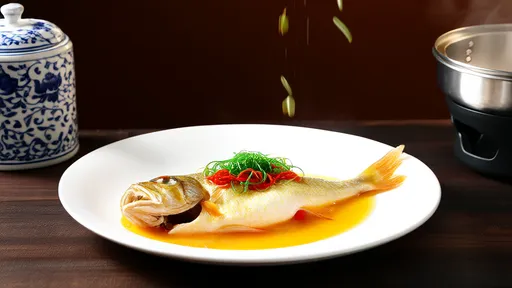
By /Aug 11, 2025

By /Aug 11, 2025
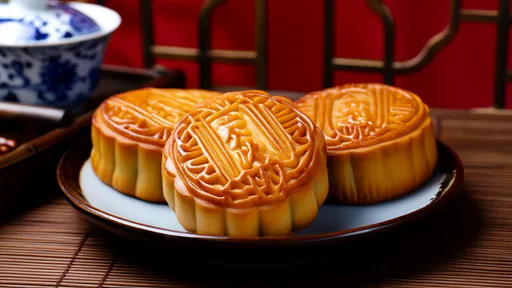
By /Aug 11, 2025
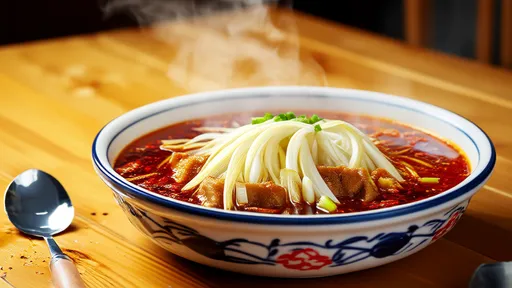
By /Aug 11, 2025

By /Aug 11, 2025

By /Aug 11, 2025

By /Aug 11, 2025

By /Aug 11, 2025

By /Aug 11, 2025
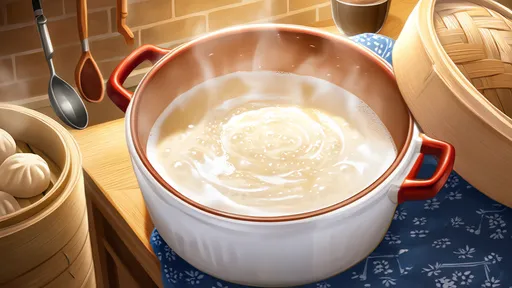
By /Aug 11, 2025

By /Aug 11, 2025
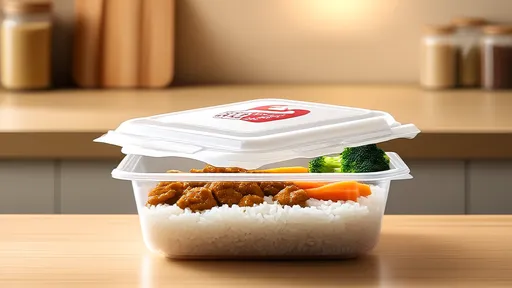
By /Aug 11, 2025

By /Aug 11, 2025

By /Aug 11, 2025

By /Aug 11, 2025

By /Aug 11, 2025
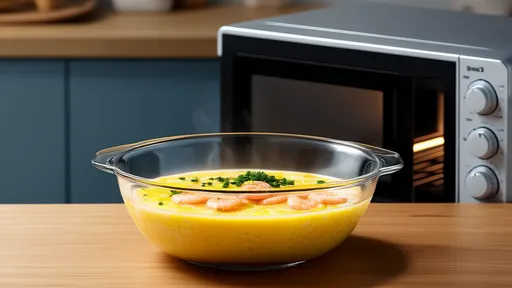
By /Aug 11, 2025
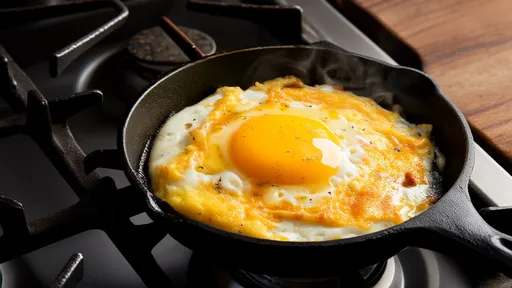
By /Aug 11, 2025

By /Aug 11, 2025